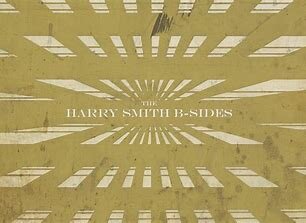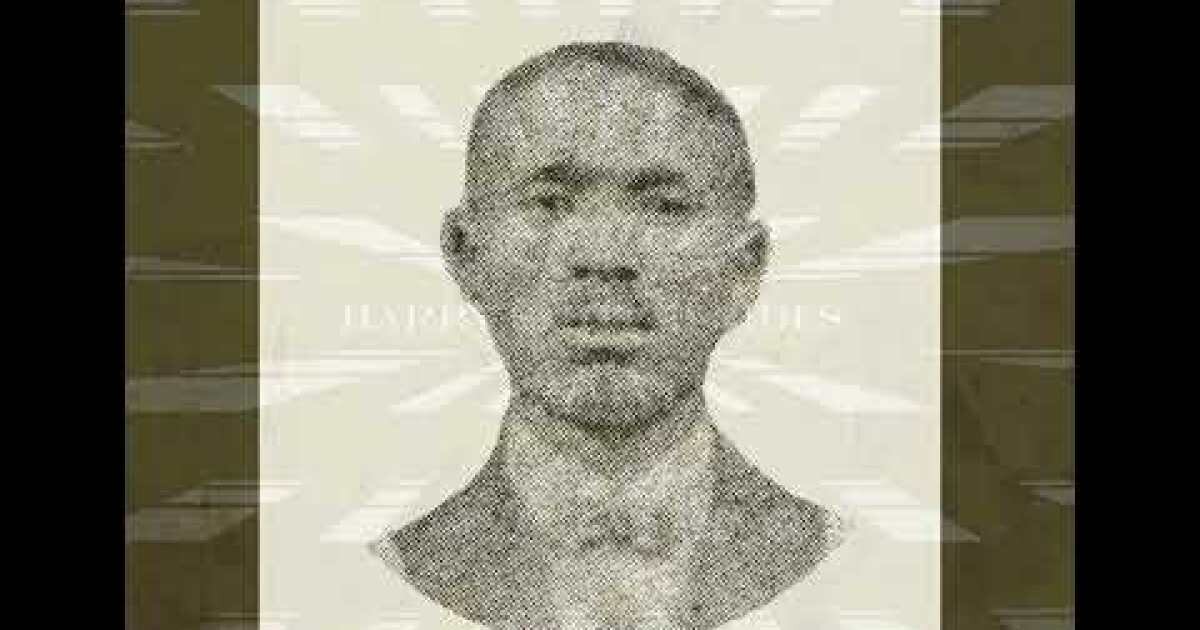Leadership and the Soul of Curation
Writer, Director, and Actress Radha Blank
Some time ago, Greg and I were invited to be interviewed on a podcast, the Amiel Show. Amiel Handlesman is a colleague in leadership development, an executive coach, and author. One of the first questions he asked was “what does being a curator mean to you?” It was a thoughtful question which brought me back to days spent planning, presenting, and producing concerts, festivals, and theatre productions.
A curator is typically recognized as the person in an art gallery or museum who arranges visual art exhibits. They organize the artwork to bring the essence of the artist and their work directly to us as visual story.
I resonate with the definition of “curator” that ties the word back to the Medieval Latin curatus, which meant, “one responsible for the care of souls.” Under such gravitas, the attention paid to the context, the content, and the purpose of the information for consumption would be of profound concern. A soul’s journey is a learning journey—one that connects to the inner recesses of our being-feeling-energy.
My journey as an artistic curator opened levels of introspection that I had not yet traversed. It was an undertaking that reinforced values and virtues at every point of my decision-making. From the theme or social injustice focus, to the research of artists and their work, to the engagement of the community—the curation was an exciting responsibility. My aspiration was for audiences to make connections, extract insights, and interpret the information through their own life-view lens.
Would the work ignite shifts in perspective?
Would it bring forth truth and beauty to deepen understanding?
Would it feed the desire for a soul-searching experience?
Curation begins with an intense love of the content. Your imagination soars with a myriad of possibilities and combinations to showcase the work at its best.
Curation creates an experience to broaden knowledge and engage people with a particular focus beyond what they may already know.
Curating has a purpose-driven intentionality. Days or weeks are spent seeking out the artists whose work can render the theme or message to receptive eyes, ears . . . and souls.
A recent New York Times article captured the intentionality of curation as it told the story of Lance and April Ledbetter, a husband and wife team who have dedicated themselves to a passion project of bringing folk music compilations to the public for the past sixteen years. In 2015, when they put together a disc set, they included songs with racial slurs, opting to address them in the liner notes. In their latest compilation, Harry Smith B-Sides featuring Rev. D. C. Rice and his Sanctified Congregation, which was packed and ready to be shipped from China, one track not only had racial slurs, but the vocalists “jubilantly harmonized about lynching.” Given our current-day unrest and demands for social justice, Lance and April decided that a warning label would not suffice. They stopped the shipment, removed the offensive tracks, then re-boxed the discs for shipping. Explaining why they took this action, April said, “Racism exists, of course; you have to make the choice to take a stand. We create meaning through selection and choice.”
Curating is all about selection and choice. The content provides information; lifts up selected voices; and informs the cultural landscape from which people frame their emotional sensibilities.
Curating requires thoughtfulness and care in the selection and organization of the information or work to be crafted with integrity.
Learning and discovery are essential to curation. Curiosity drives us to seek out all that will bring the focus together—combining the familiar with the previously unknown.
Playwrights David E. Talbert, Aleshea Harris, Radha Blank, Stacy Osei-Kuffour, Jocelyn Bioh, Keenan Scott II and Donja R. Love.
(Photographs by Jay L. Clendenin, Kirk McKoy, Carolyn Cole, Brian van der Brug/Los Angeles Times; Serge Nivelle and Marcus Meisler)
The inequities of the American theater were brought to bear in a recent Los Angeles Times article where 40 African-American playwrights told varying aspects of the same story—lack of respect and inclusion of their craft, cultural differences, and diversity in their storytelling. These inequities, of course, point straight back to the curation, or lack thereof, of those who shape the Great White Way and other theater venues. The cultural landscape is just one area where the fight to include other cultural voices has been a time-weary battle. Radha Blank, writer and director of The Forty-Year-Old Version, is one of the playwrights who spoke about the constant struggle for equity:
With these predominantly white male gatekeepers, it’s the same kind of person making the same type of choices, controlling what kind of diverse stories are told. There needs to be more of an investment in trying to make the American theater reflect what America looks like.
–Radha Blank
Curation that recognizes and values a diversity of voice makes a powerful statement for inclusion and respect for all contributors.
Curating allows creativity to flow.
Curation allows for collaboration as you connect with participating parties to create something meaningful.
Curating as a Leader
My response to Amiel’s question regarding being a curator reflected a desire to create an experience that would engage people in something of value through which opportunities to embrace something new and different could be had.
In our current environment, information overload is almost a given. Using curation to provide context and to organize in an almost infinite process of examining, assessing, and sharing, enables people to not only make sense of the scope of information, but stretch towards innovative ideas.
Philosopher and theologian Howard Thurman told a story that as a young boy he saw an elder man planting pecan trees. Young Thurman told him that he would not be alive long enough to taste the fruit from these trees. The old man paused and said, “Son, all my life I’ve been eating from trees I did not plant. It’s my job to plant for somebody else.”
Playwright and award-winning actress Anna Devere Smith encapsulates the spirit of curation through her interview process. She interviews 200+ people, then narrows the list down to five or six for her production. She goes into her interviews with just a few questions because she is “led by the interviewee’s strong will to communicate.” She listens to their answers “like she listens to music.”
As curators, we can frame and co-create a landscape of knowledge and experience to inform and feed people’s souls.




